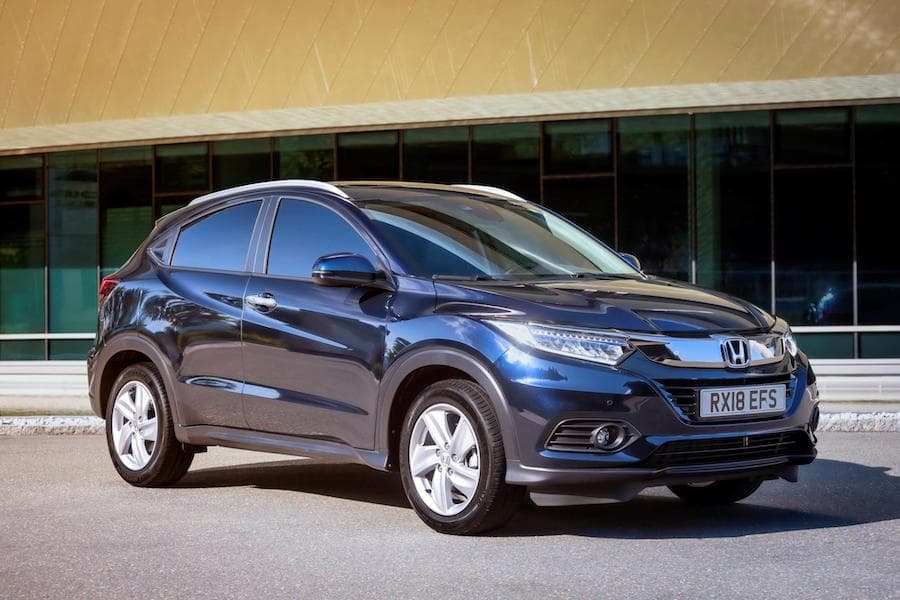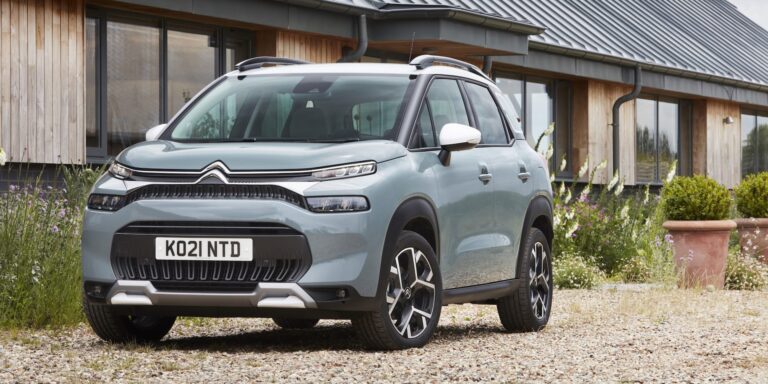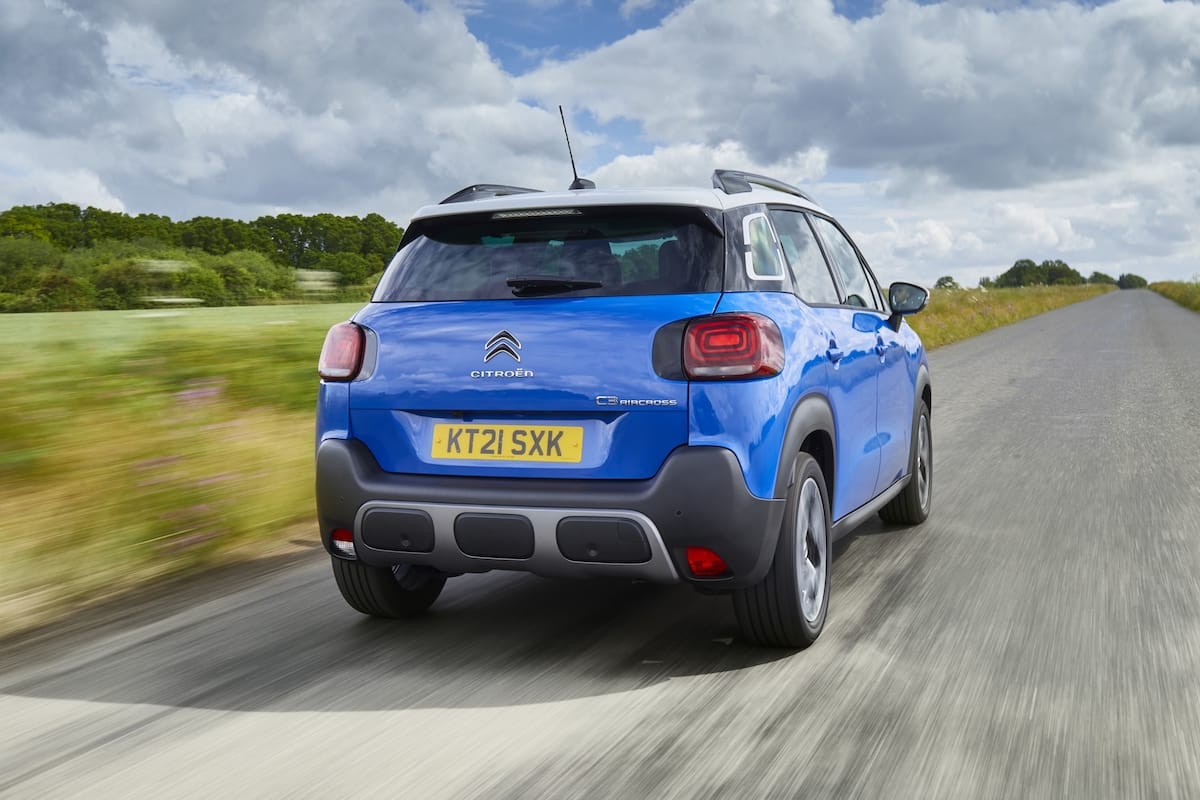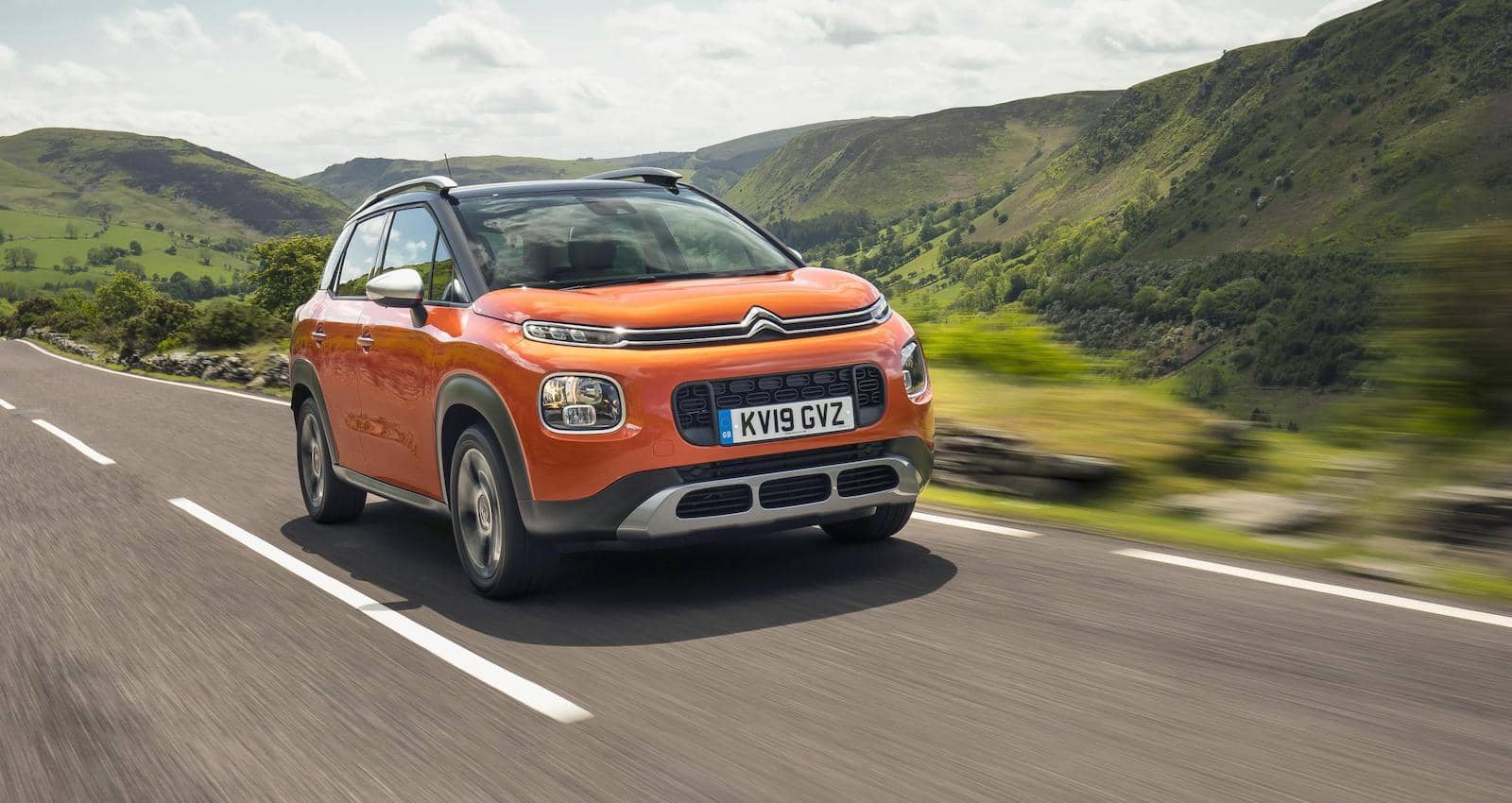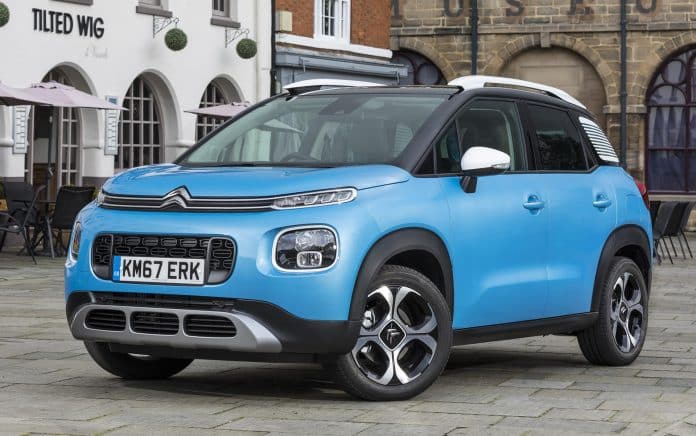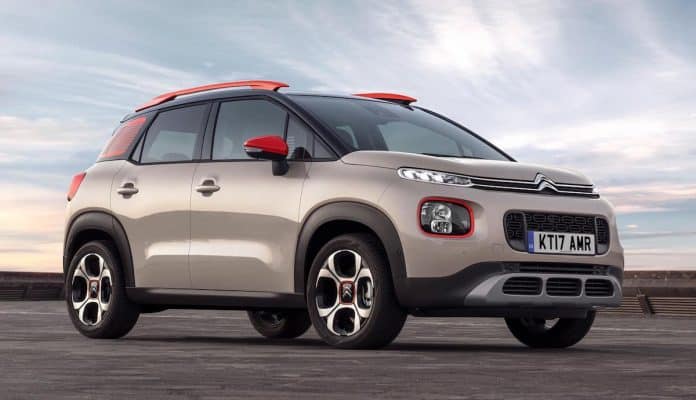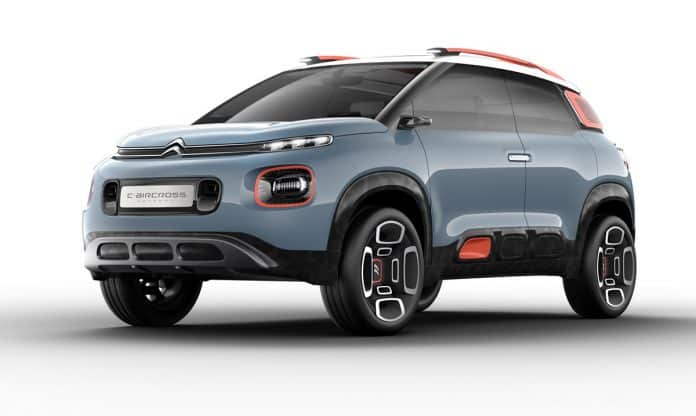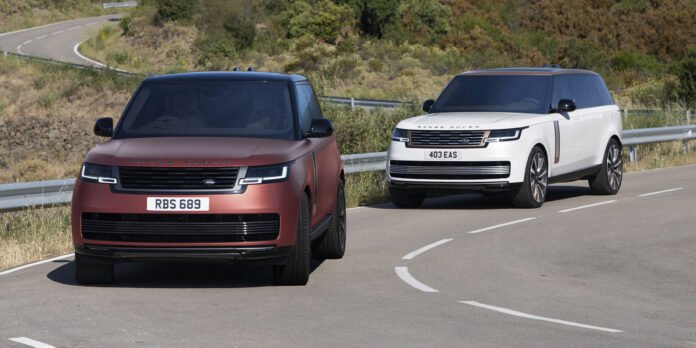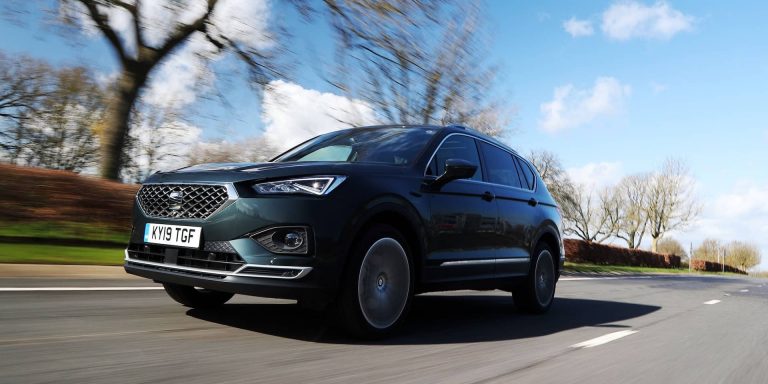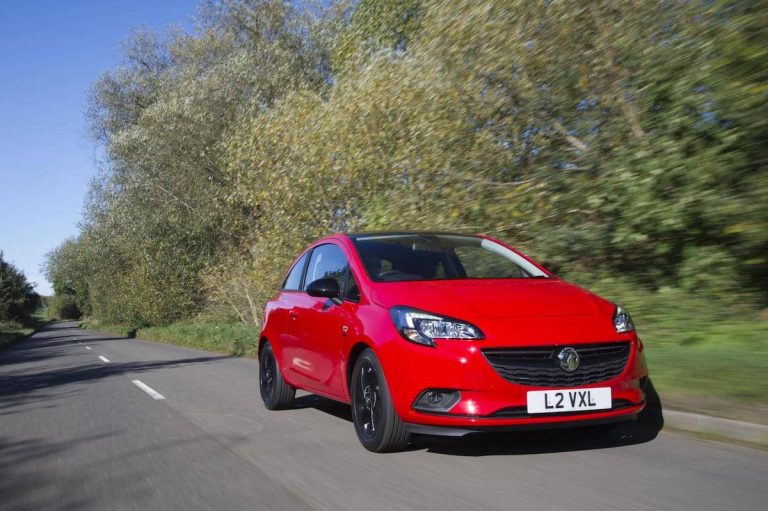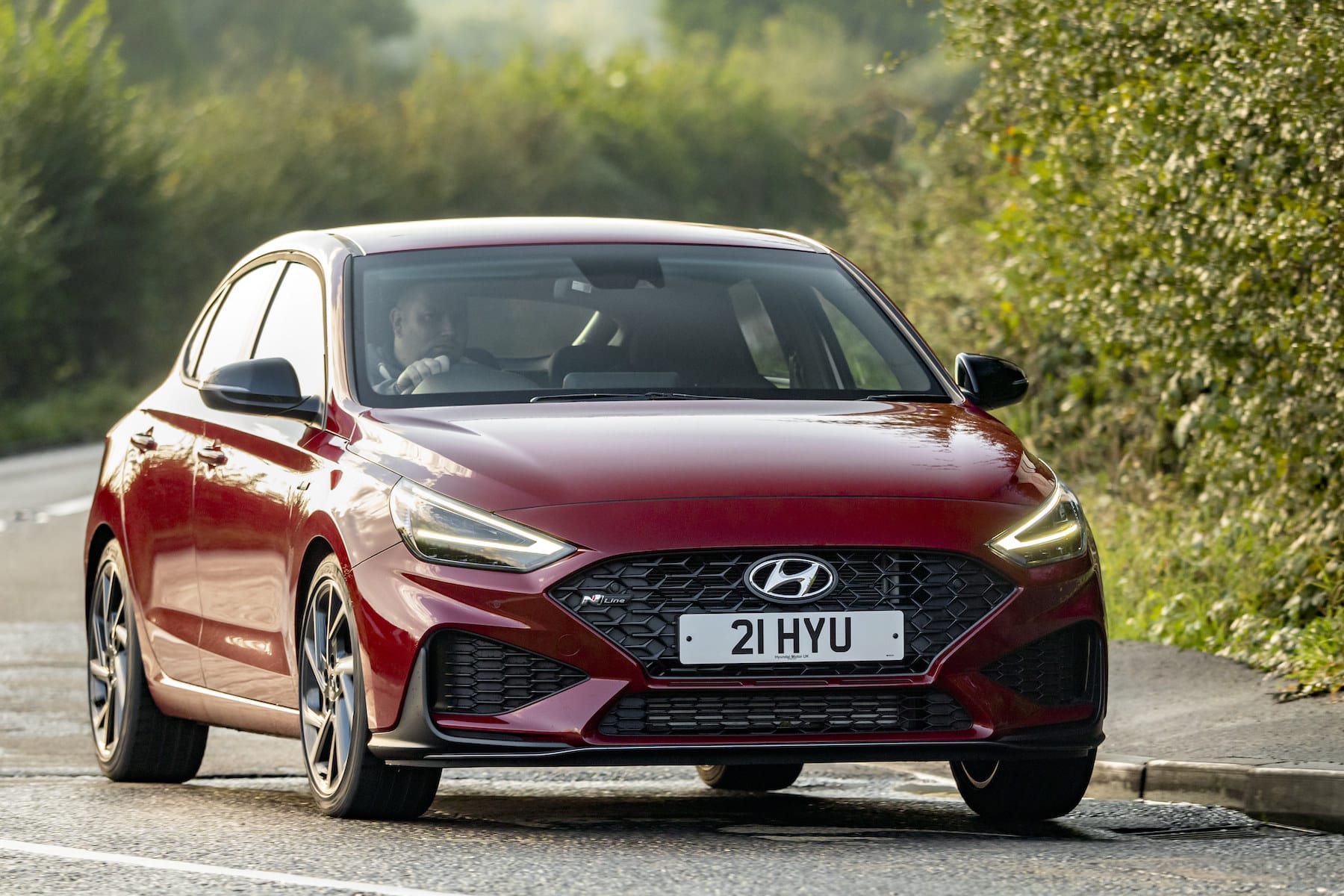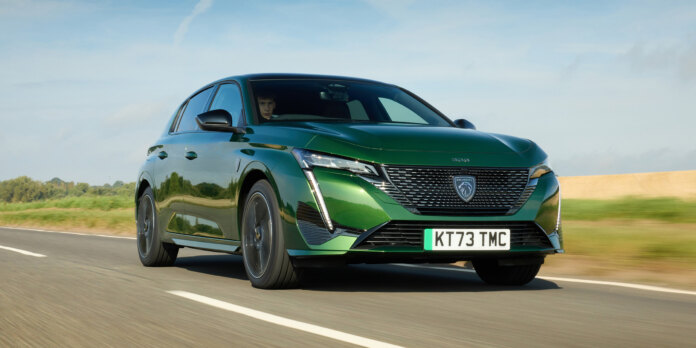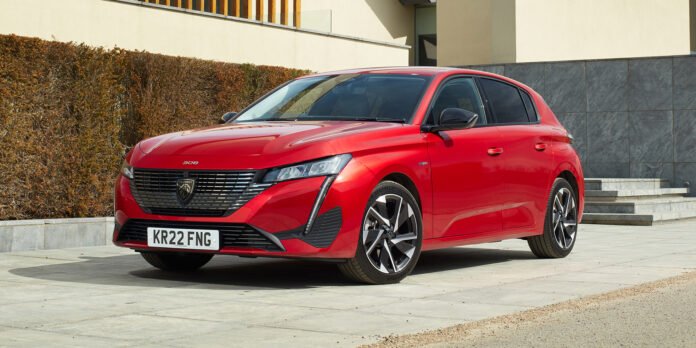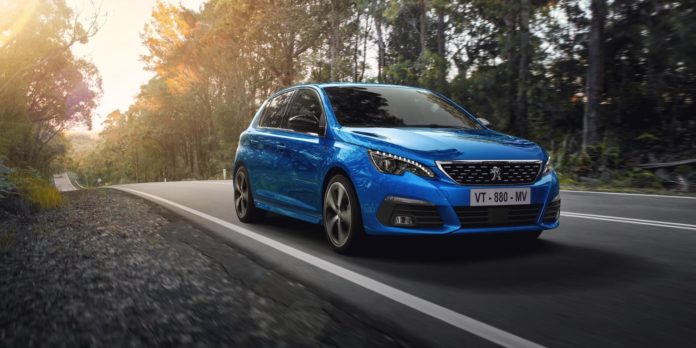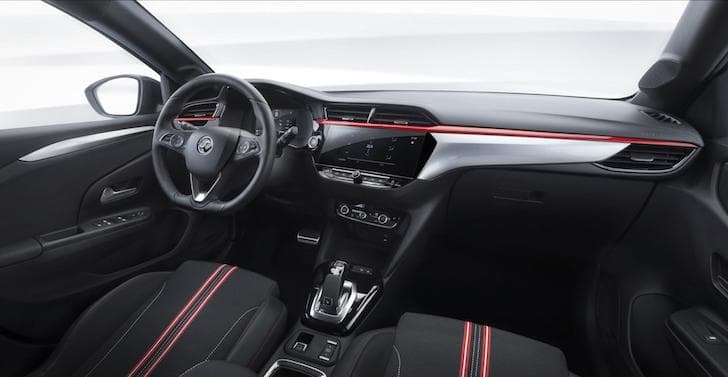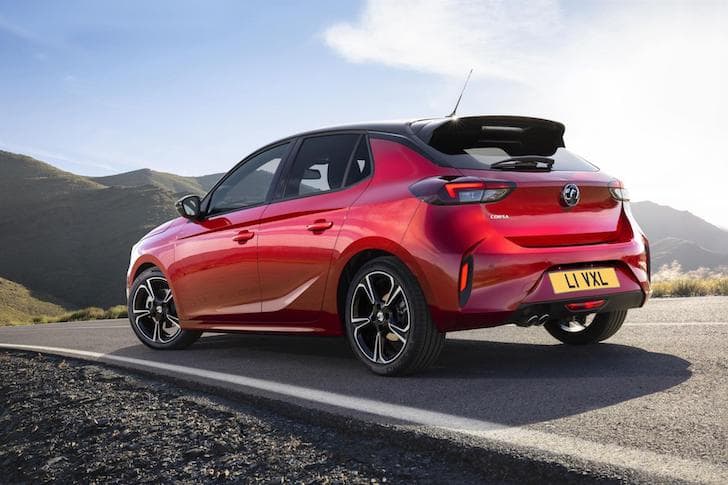Summary
The Mazda CX-5 is a medium-sized SUV/crossover, with the current second-generation model launched in 2017. Globally, it is Mazda’s best-selling model.
The CX-5 has received plenty of positive reviews from across the UK automotive media, with particular praise for its clever engineering, strong engines and comfortable cabin. It’s considered a strong all-rounder that serves as a very competent family car.
A few titles have criticised the driving experience for being not quite as good as some rivals, but other sources have praised the way it drives so this is not a unanimous opinion.
As of January 2025, the Mazda CX-5 has a New Car Expert Rating of B, with a score of 67%. It gets good grades for its low CO2 emissions, but its media reviews and safety rating are average, while its reliability record is very poor.
Key specifications
Body style: Medium-sized SUV/crossover
Engines: petrol, diesel
Price: From £31,045 on-road
Launched: Summer 2017
Last updated: Winter 2018/19
Replacement due: TBA
Image gallery
Media reviews
Highlighted reviews and road tests from across the UK automotive media. Click any of the boxes to view.
The Car Expert
Model reviewed: 2.0-litre petrol manual Newground
Score: 7.4 / 10
“The Mazda CX-5 is a competent and popular SUV with no major vices and nothing needing major change – so in this refresh Mazda hasn’t.”
Read review
Model reviewed: 2.2-litre diesel manual 184hp Sport
“if you’re looking for a spacious, comfortable SUV, the Mazda CX-5 should be one of the first cars on your shopping list.”
Read review
Score: 8.6 / 10
“Improved in all areas, the Mazda CX-5 is a definite contender for crossover buyers, particularly in diesel form.”
Read review
Auto Express
Model reviewed: Range overview
Score: 8 / 10
“The Mazda CX-5 is good to drive, while decent levels of comfort, space and tech help it challenge the leading mid-size SUV pack.”
Read review
Model reviewed: 2.0-litre petrol manual Sport Edition
Score: 8 / 10
“The facelifted Mazda CX-5 is still a well-rounded SUV. Chassis changes have made it more comfortable to live with on a daily basis, the styling tweaks have added a little more kerb appeal and it seems relatively affordable given the level of kit on offer. Our only complaint is the breathless engine’s lack of torque.”
Read review
Auto Trader
Model reviewed: Range overview
Score: 9 / 10
“There’s a lot to like about the Mazda CX-5, from its comfortable and family-friendly cabin to its sharp, enjoyable handling. It’s also safe and exceptionally well equipped, while it’s great to look at, inside and out. It’s well worth your consideration.”
Read review
Car
Model reviewed: 2.2-litre diesel manual Sport Nav
Score: 8 / 10
“The Mazda CX-5 is not the most obvious crossover – nor is it the cheapest, or the most economical. It’s a good all-rounder, however, with sharp styling, a comfortable cabin, tonnes of standard kit and some fantastic diesel engines. Take those into account and it could be one very savvy SUV buy.”
Read review
Model reviewed: (range review)
Score: 8 / 10
“The new Mazda CX-5 tackles the challenges faced by all manufacturers surrounding economy and emissions not by falling back on hybridisation, but with clever engineering and its gramme strategy. Result? The CX-5 is even better to drive. Keep ‘em coming, Mazda.”
Read review
Carbuyer
Model reviewed: Range overview
Score: 8 / 10
“The Mazda CX-5 is stylish, well equipped, great to drive and painless to own.”
Author: Charlie Harvey
Read review
Carwow
Model reviewed: Range overview
Score: 8 / 10
“The Mazda CX-5 doesn’t just look smart – it’s packed with loads of high-tech kit too. It’s a shame it’s not as comfortable or as roomy as some alternatives, however.”
Read review
Company Car Today
Model reviewed: 2.2-litre diesel manual Sport Nav
Score: 7.8 / 10
“There are plenty of positives in the new Mazda CX-5, not least the much-improved and impressive cabin quality. Decent all-rounder worthy of a place in the mainstream.”
Read review
Evo
Model reviewed: (range review)
Score: 6 / 10
“As well as being one of the best-looking SUVs thanks to a sharp line and concept-car nose, it’s also one of the best to drive.”
Read review
Green Car Guide
Model reviewed: 2.2-litre diesel manual SE-L Nav
Score: 8 / 10
“The Mazda CX-5 remains one of our favourite cars in this class.”
Read review
Honest John
Model reviewed: (range review)
Score: 8 / 10
“While the Mazda CX-5 isn’t an obvious choice like more conventional rivals, it’s a classy offering in a competitive sector. Its engine line-up doesn’t shine, but its interior is practical and upmarket and it’s great to drive.”
Read review
Model reviewed: 2.0-litre petrol automatic
“Spec for spec, both Mazda CX-5 trim levels are extremely well equipped for the money. And, at a time when almost everything else is a CVT or a dual-clutch automatic, it’s a real pleasure to enjoy a smooth, vice-free, proper torque converter petrol automatic.”
Read review
Model reviewed: 2.2-litre diesel manual
“There’s little to find fault with the Mazda CX-5. It’s well-equipped, competitively priced, well-made and great to drive. So much like the old CX-5, only better.”
Read review
Motoring Research
Model reviewed: Range overview
Score: 8 / 10
“The Mazda CX-5 is a midsize family SUV that takes on the Ford Kuga and Volkswagen Tiguan. It’s a worthy contender in a crowded class.”
Read review
Parkers
Model reviewed: Range review
Score: 9 / 10
“Pricing, equipment and strong diesels make great SUV”
Read review
The Sun
Model reviewed: 2.2-litre diesel manual Sport Nav
“Despite not being the most thrilling of rides, the CX-5 crossover from Mazda is hard to fault.”
Read review
The Sunday Times
Model reviewed: 2.0-litre petrol manual Sport Nav
Score: 10 / 10
“Mazda’s new petrol-powered CX-5 is great fun, so why aren’t all cars made like this?”
Read review
The Telegraph
Model reviewed: 2.2-litre diesel automatic Sport
Score: 8 / 10
“In a big SUV, exciting handling must play second fiddle to more practical considerations. But the Mazda CX-5 gets most of those boxes ticked too. Is it comfortable? Yes. Is it safe? Yes. Is it well equipped? Yes. Is it a pleasant place to be? Oh yes.”
Read review
Model reviewed: Range overview
Score: 9 / 10
“The CX-5 is another great car from Mazda. Not only is it spacious, well equipped and good value, but it’s great to drive too. If you’re in the market for an SUV and don’t require seven seats, it should definitely be on your shortlist.”
Read review
Top Gear
Model reviewed: Range overview
Score: 8 / 10
“The CX-5 is a cracking SUV that really will exceed your expectations. Well worth a look.”
Read review
Safety rating
Independent crash test and safety ratings from Euro NCAP
Overall score: 5 stars
Date tested: September 2017
Date expired: January 2024
Read the full Euro NCAP review
Adult protection: 95%
Child protection: 80%
Vulnerable road users: 78%
Safety assist: 59%
Notes on safety rating
The Mazda CX-5 was originally crash tested by Euro NCAP back in 2017 and awarded a five-star rating. However, this rating expired in January 2024 and is no longer valid as the car no longer meets the standards required for such a rating. This is normal practice, as Euro NCAP reviews its ratings on most cars annually with most ratings expiring after about six or seven years.
However, if you are comparing a used CX-5 to vehicles of similar age, whose ratings will have probably also expired, its safety rating score is still useful.
Eco rating
Independent economy and emissions ratings from Green NCAP
Model tested: 2.0-litre petrol manual 165hp
Overall score: 2 stars
Date tested: November 2020
Read the full Green NCAP review
Energy Efficiency Index: 4.1 / 10
Greenhouse Gas Index: 3.7 / 10
Green NCAP reviewed the 2.0-litre petrol CX-5 back in 2020, saying: “With a 121 kW 2.0 litre Skyactiv engine, the car has a three-way catalyst but no gasoline particulate filter. Under normal test conditions, the car performs well for pollutant abatement, with good control of most emissions.
“However, when the engine is pushed, as it is in Green NCAP’s robustness tests, emissions control deteriorates and values of CO and particulates become very high. However, emissions of some important greenhouse gases are tightly controlled and the vehicle scores relatively well in that part of the assessment. All in all, a balanced performance that earns the CX-5 a two-star overall rating.”
Reliability rating
Reliability data provided exclusively for The Car Expert by MotorEasy
Total claims: 105
Average repair cost: £1455.37
Last updated: January 2024
Reliability score
All data based on MotorEasy average workshop costs for extended car warranty claims
The Mazda CX-5 has a poor reliability score of just 32% as of January 2024, according to workshop and warranty data provided by our commercial partner, MotorEasy. This covers both the current (2017 onwards) model as well as the first-generation (2012 to 2017) version.
The average repair bill for the CX-5 is very high, at nearly £1,500. This is due to very high repair costs for engine and gearbox, although other bills are also above average.
The big issue for the CX-5 is the engine, which makes nearly half of all warranty claims. It’s also an expensive problem, with an average repair cost of more than £2,500.
However, it’s not just our data that has flagged reliability issues with the Mazda CX-5. In August 2022, warranty provider Warrantywise ranked the CX-5 ninth in the least reliable used cars (up to ten year old) on sale in the UK.
So if you own or are considering buying a used Mazda CX-5, it’s certainly worth considering a used car warranty that covers all of the potential trouble spots shown in the charts above – especially the engine.
Monthly cost of ownership data provided exclusively for The Car Expert by Clear Vehicle Data
| Fuel consumption | Average | Score | Variation | Score |
| Petrol models | 42 mpg | D | 35 – 44 mpg | C – D |
| Diesel models | 47 mpg | C | 40 – 50 mpg | B – D |
| CO₂ output | Average | Score | Variation | Score |
| Petrol models | 153 g/km | B | 146 – 182 g/km | B – C |
| Diesel models | 160 g/km | C | 147 – 186 g/km | B – C |
| Insurance group | Average | Score | Variation | Score |
| All models | 21 | A | 14 – 27 | A – B |
| Service and maintenance | Cost | Score |
| Year 1 | £211 | B |
| Year 2 | £545 | B |
| Year 3 | £888 | B |
| Year 4 | £1,111 | B |
| Year 5 | £1,529 | B |
| Overall | £4,284 | B |
The Mazda CX-5 is a relatively affordable car to own and run, according to whole-life cost numbers provided exclusively to The Car Expert by our data partner, Clear Vehicle Data.
While petrol models are thirstier than the average car, diesel models offer good fuel economy, and the CX-5’s insurance premiums are on the cheaper side.
Awards
Trophies, prizes and awards that the Mazda CX-5 has received
2020
- Scottish Car of the Year Awards – Best Used Car
2018
- Auto Express Driver Power Awards – Interior and Comfort category winner
Similar cars
If you’re looking at the Mazda CX-5, you might also be interested in these alternatives
Citroën C5 Aircross | Ford Kuga | Honda CR-V | Hyundai Tucson | Jeep Compass | Kia Sportage | MG HS | Mitsubishi Eclipse Cross | Nissan Qashqai | Peugeot 3008 | Renault Kadjar | SEAT Ateca | Skoda Karoq | SsangYong Korando | Subaru XV | Suzuki S-Cross | Toyota C-HR | Vauxhall Grandland X | Volkswagen Tiguan
Buy a Mazda CX-5
If you’re looking to buy a new or used Mazda CX-5, The Car Expert’s partners can help you find the right car
Find your next used car with Motors. Find out more
Find your next new or used car with Auto Trader. Find out more
Find your next new or used car with Carwow. Find out more
Lease a Mazda CX-5
If you’re looking to lease a new Mazda CX-5, The Car Expert’s partners can help you find a competitive deal
Personal contract hire deals from Leasing.com. Find out more
Personal contract hire deals from Carparison Leasing. Find out more
Personal contract hire deals from Select Car Leasing. Find out more
Subscribe to a Mazda CX-5
If you’re interested in a car subscription, The Car Expert’s partners can help (PS: What’s a car subscription?)
Car subscriptions from DriveFuze.
Find out more
Car subscriptions from Wagonex.
Find out more
Car subscriptions from Cocoon.
Find out more
















